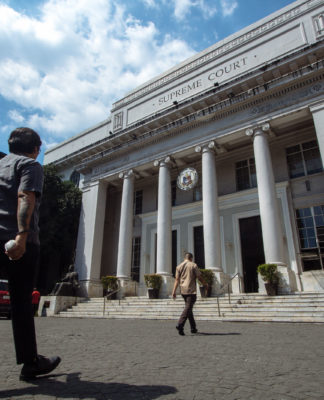30 March 2016, 12:00 pm – CENTER for Creative Writing and Literary Studies Director
Cristina Pantoja Hidalgo on Tuesday urged young Thomasian writers to
craft stories set in their own towns.
“Set them in your home, that part of the Philippines that you
consider your own turf—your own little postage stamp of soil,” Hidalgo said
during her lecture titled “Traditions and Roots: A Going Back to the
Philippine Literary History,” which retraced the development of Philippine
fiction and literature.
Writers do a service
to society by preserving the memories of the people, she said. “We are the
memory of the race. It is our duty to write about these things so that our
countrymen will not forget,” she said.
Citing National Artist Néstor Vicente Madali Gonzalez, Hidalgo
said Philippine literature is a response to history, which stems from the
tradition of storytelling inherent among Filipinos. “The urge to tell stories
remained, and what happened was those people who wanted to tell stories
elaborated on the stories that they read on the newspapers and created their
own ‘fictions,’ so to speak, and it is this tradition that we follow today,”
she said.
According to Hidalgo, the evolution of Philippine fiction in
English is grounded on the country’s colonial past. “The study of our
literature in English must begin with one basic fact: the fact that it is
written in English. Philippine literature in English is therefore inextricable
from the experience of colonialism,” she said.
The lecture was
organized by the UST Literary Society as part of the Faculty of Arts and
Letters Literature Week. Cedric Allen P. Sta. Cruz

















